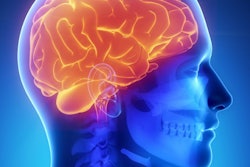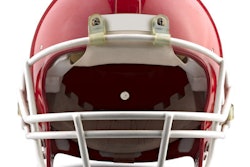Even when no concussion occurs, repeated head impacts can cause measurable changes in the brains of high school football players over the course of a season, and these changes are detectable on MRI, according to new research.
An MRI technique called diffusional kurtosis imaging (DKI) detected statistically significant relationships between brain cell changes and cumulative exposure to head impacts as measured via specially outfitted helmets, according to researchers from the University of Texas (UT) Southwestern Medical Center and Wake Forest University. The group shared the findings in an article published online April 4 in the Journal of Neurotrauma.
The research team led by Dr. Elizabeth Davenport of UT Southwestern Medical Center followed 24 high-school varsity football players using the special helmets that recorded data on each head impact during practice and regular games. Before and after the season, the players received an MR exam with DKI to identify changes in neural tissues and to measure white-matter abnormalities.
The researchers found a statistically significant relationship between the DKI-based measurements of white-matter abnormalities and their calculation of risk based on impacts recorded by the helmets.
Additional studies are needed to determine what the deviations will mean clinically for individuals, according to Davenport and colleagues.



















